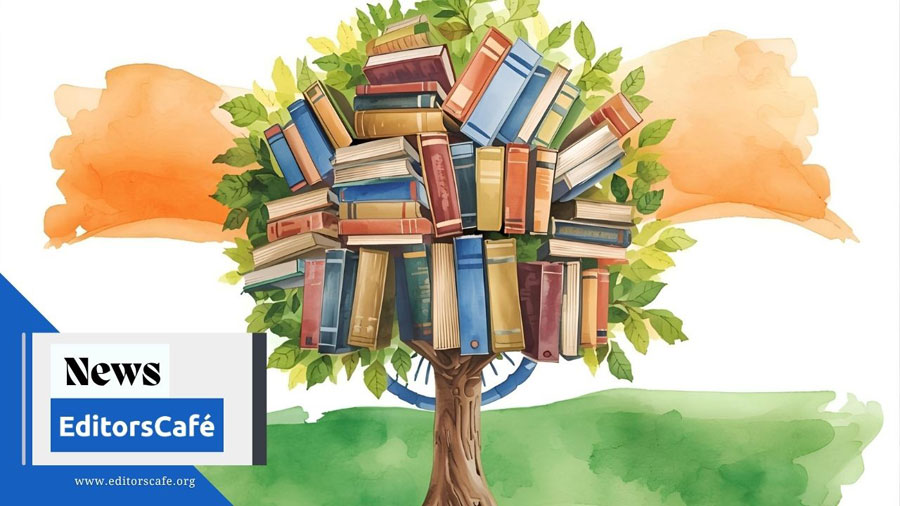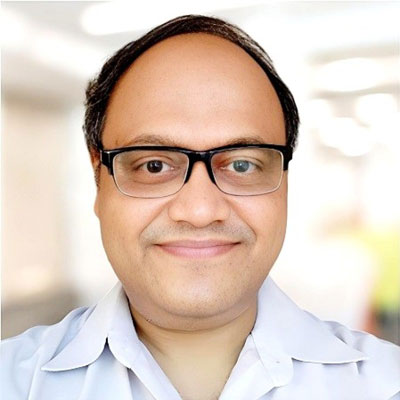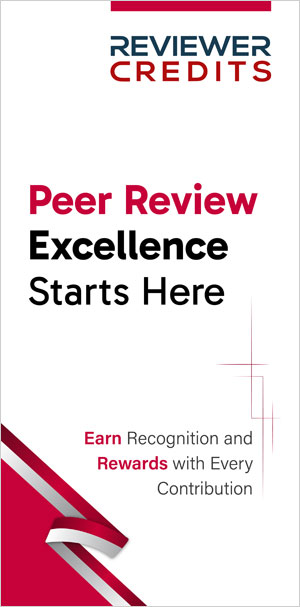Open Access Publishing: What’s Happening in India?

India’s openaccess (OA) ecosystem is unusually diverse! It encompasses funder mandates and national repositories that coexist with society-run ‘Diamond’ journals, big-publisher ‘Gold’ and ‘Hybrid’ options, and a growing preprint culture. Since 2014, the India Government’s Department of Science and Technology (DST) and Department of Biotechnology (DBT) require that publications arising from their grants be made openly accessible through repository deposit, in line with the Green OA model. Likewise, the University Grants Commission (UGC) mandates that all theses should be deposited in the national thesis repository(Shodhganga), a component of the Information and Library Network (INFLIBNET). It is encouraging that over 600,000 freely available theses are now deposited in this repository, which is a milestone in itself. Moreover, the One Nation, One Subscription (ONOS) initiative, rolled out just this year,negotiates national read access to paywalled journals for publicly funded higher education institutions (HEIs) and R&D labs, which is reshaping discovery.
India’s Open Access Models
India primarily has four OA models, which include (i) Diamond or Platinum, (ii) Gold, (iii) Hybrid, and (iv) Green. Additionally, a preprint platform is also present, and public-sector OA journalsalso exist.
Many Indian scientific societies or publicly funded journals don’t charge any APC, making them especially attractive for early-career researchers. Journals under the Council of Scientific and Industrial Research – National Institute of Science Communication and Policy Research (CSIR-NIScPR) fall in the Diamond OA category, which are exempted from APCs and subscription charges. Moreover, most Medknow journals follow the Platinum OA model, which allows immediate OA without APCs.
In the case of Gold OA, usually the funder or host institution pays the APC. An example in the Indian context is Springer Nature’s Proceedings of the National Academy of Sciences (PNAS), India Section B: Biological Sciences.
The Hybrid OA model involves optional OAin a subscription journal. Many India-linked journals in large portfolios allow authors to choose an OA option inside otherwise paywalled titles, such as the PNAS India example indicated above.
The Green OA model involves self-archiving. This mandates deposition of accepted manuscripts in a repository in compliance with the 2014 DBT/DST OA Policy, whichapplies to all funded research. In this case, institutional repositories (IRs) can be used instead of Shodhganga, which caters exclusively to thesis archiving, as mentioned above. These include Delhi Indian Institute of Technology’s (IITD) IR, Delhi Technological University’s (DTU) IR (DSpace), and Indian Institute of Science’s (IISc) IR (ePrints@IISc), to name a few. The latter is India’s first and fastest-growing IR. Notably, these campus archives complement the national Shodhganga repository.
Besides the above major OA models, other options like preprint platforms also exist. It’s worth mentioning that India now has its own preprint platform (IndiaRxiv), which was launched in 2022, at the fag end of the COVID-19 pandemic. This is a national preprint platform, now run by the Society for Promotion of Horticulture using Public Knowledge Project software. Preprints don’t replace peer review but speed up visibility and community feedback. Moreover, public-sector OA journals also exist. An important example is the Indian Journal of Medical Research (IJMR), which is fully OA and uses Creative Commons licensing (CC BY-NC-SA).
Challenges in Open Access Publishing in India
India’s OA scenario is vibrant, but there are real frictions for authors, editors, and libraries. Affordability of APC is a major issue, especially for young researchers. Studies consistently flag APCs as a barrier to publishing, especially in LMIC contexts. Notably, for many Indian labs, Gold or Hybrid OA fees are a binding constraint. There are also waiver eligibility gaps. Several publishers’ waiver schemes don’t automatically include India, which are often reserved for low-income or small-GDP countries. For example, Taylor & Francis’ current list shows India is not in its automatic waiver or discount groups.
Predatory publishing remains a reputational risk in India. The UGC-CARE initiative was launched to counter this. However, it has been discontinued from July this year, shifting to “suggestive parameters” as indicated by UGC.
Regarding DST and DBT mandates discussed above, implementation and monitoring are still mixed across institutions.Library community reviews highlight the need for more consistent national-level requirements and enforcement.
Preprints are growing, but unevenly normalized. IndiaRxiv provides national infrastructure, yet disciplinary acceptance varies, affecting evaluation and promotion. There is confusion regarding rights and licences. Surveys and audits show wide variation in licence choices among Indian OA journals.Many use NC or SA variants of OA, and in some cases, authors may not retain full rights. This creates uncertainty for data mining and reuse.
Sustainability of the Diamond OA is also a challenge. Although India benefits from many non-APC society and public-sector journals,editors still face resource constraints to maintain sustainability. In the case of repositories, metadata quality and consistency still vary across depositing institutions, affecting discoverability and linking.
Looking Ahead
India is moving towards easier access and smarter open publishing. Rollout of ONOS should make reading paywalled content simpler across campuses, but authors still need OA for reuse.With UGC dropping the CARE list, researchers will rely on basic quality checks regarding licensing, indexing, and archiving, instead of a whitelist.We can expect more targeted agreements that cover APCs for some institutions, while DST and DBT mandates push self-archiving with better metadata and ORCID.Preprints will likely become normal in more fields, and Diamond OA journals will need shared platforms and stable funding.Overall, the direction is towards a broader Open Science, where papers, data, and code will become openly reusable.
Keywords
Open access India Diamond OA Gold OA Hybrid OA Green OA preprints India One Nation One Subscription repository mandates
Dr. Kaushik Bharati is a Health Policy Consultant at UNESCO, New Delhi and former Consultant at WHO. He holds a PhD from the Calcutta School of Tropical Medicine, India and a post-doctoral fellowship from the Liverpool School of Tropical Medicine, UK. He has held important positions in India and abroad, including the US, UK, France and Australia. He has expertise in Infectious Diseases, Immunology, and Public Health. His scientific career spans three decades, with 121 publications to his credit. He has 26 years of editorial experience and is currently Editor-in-Chief of the South Asian Association of Physiologists (SAAP) Bulletin, Editor-in-Chief, SAAP Journal of Integrative Physiology (Colombo, Sri Lanka), and Editor-in-Chief of the Journal of Clinical Genetics and Genomics (Windsor, UK). He is Vice President of the Physiological Society of India and a member of three societies, including the Infectious Diseases Society of America (Arlington, Virginia), American Society of Clinical Oncology (Alexandria, Virginia), and the Royal Society of Tropical Medicine and Hygiene (London). He is also a Fellow of the Royal Society for Public Health (London). He has received 20 awards and distinctions for his research work from India, New Zealand, the UK, and the USA.
View All Posts by Kaushik BharatiDisclaimer
The views and opinions expressed in this article are those of the author(s) and do not necessarily reflect the official policy or position of their affiliated institutions, the Asian Council of Science Editors (ACSE), or the Editor’s Café editorial team.



